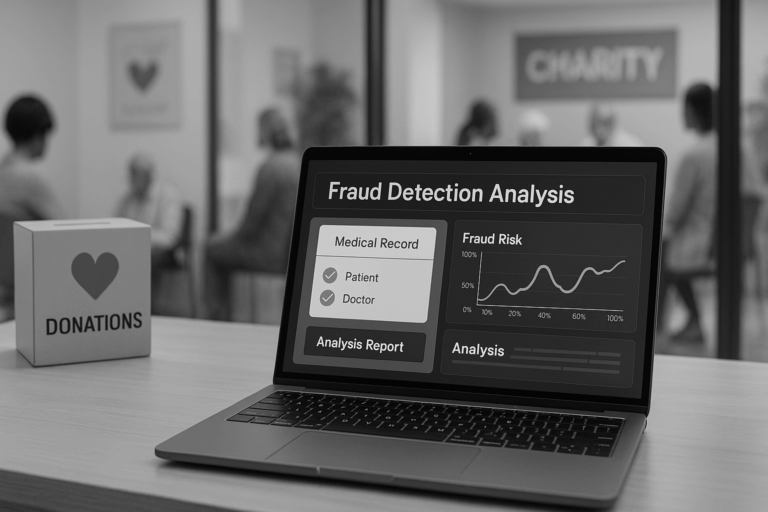
Where would we be without technology? Since the start of the COVID-19 pandemic, technology has transformed society. We understand technology’s role in influencing how and where we work, how we connect with others, and how we’re able to maintain some semblance of normality when we’re locked down. But what role has technology played in providing better access for the end-users of public sector organisations across the country?
Healthcare
Remember at the start of the pandemic when everything was up in the air, including your doctor’s appointment? With social distancing measures in place, health centres were quick to halt in-person consultations to protect staff and patients. Although pre-pandemic, virtual consultations were already used amongst private healthcare organisations, logistically this proved to be a challenge for the NHS to roll out on a national level. Fast forward two years, and we are now seeing seamless virtual communication between NHS staff and patients, and the effective diagnosis of diseases through inter-departmental collaboration powered by technology.
Moreover, with encrypted data analytics being linked to patients’ calls, messages and records – more effective decision making can take place, to serve the patients’ best interests. BMC Health Services research into the use of collaboration technology in healthcare settings has found positive outcomes, with improved satisfaction and convenience amongst patients, and less pressure on healthcare services. Informed decision-making and more convenient access to medical staff demonstrate how collaboration technology has improved access for the end-user of a critical public sector organisation, the NHS.
Local Authorities
It’s not just healthcare organisations that have benefitted from collaboration technology, but local councils too. Local authorities have utilised this type of tech to save money and improve internal operations, benefiting local communities. It comes as no surprise to hear that local authorities have faced funding difficulties throughout the pandemic. This is down to a multitude of factors, with some introducing their own contact tracing operations, and others helping the homeless and those facing financial hardship.
With this, it means every penny a council spends is important, and collaboration technology has helped many councils to streamline processes and effectively cut costs where they can. With staff working remotely during the pandemic, heating, electricity and maintenance costs have been saved, with the money redirected into the local community. The implementation of communication and collaboration tools that enable seamless operations from home has meant that more money can be reinvested to help local residents and improve the services that they receive. This is another means of collaboration technology improving the experience of the end-user.
EDUCATION
Collaboration technology has improved communication between schools and students too. Virtual learning platforms have been around for years, but have been used primarily for homework. During the pandemic, students needed more face-to-face interaction with teachers, and social distancing measures inevitably made this difficult or impossible.
As such, collaboration technology that facilitated interaction between students and their teachers and displaced virtual learning platforms as the most valuable type of educational technology. Not only did this type of technology allow students to continue learning, but provided human connection, interaction and a degree of normality during a time of great uncertainty. Collaboration technology has thus also improved the experience of the end-user in an educational context too, supporting students at every stage of their education.
Covid Control
With surging COVID cases at the onset of the pandemic, world-class contact tracing solutions in some countries made it possible to keep the virus under control while avoiding a lockdown. However, the UK hadn’t experienced a pandemic in modern history, so how could we establish effective contact tracing too? Well, RingCentral collaborated with SITEL to implement the call and collaboration technology for the contact tracing programme that would serve the interests of the British public and help contain coronavirus outbreaks.
To support social services, SITEL onboarded 20,000 agents to use RingCentral in under eight weeks, to assist the Department of Health and Social Care’s operations during the first lockdown. The speed of the development was vital for improving the end-user experience and allowed the government to respond to the threat of Covid-19. RingCentral’s collaboration with SITEL demonstrates the value of collaboration technology in supporting public sector organisations to overcome nuanced challenges to serve the needs of their end-user, even during health crises.
How collaboration technology has been used to improve the experience of the end-user will influence the operations of public sector organisations long-term. Whether it’s improved communication between teachers and students or effective diagnosis of disease, collaboration technology has an array of benefits, not least how it can benefit you and me.

Steve Rafferty is Head of International Sales at Ring Central



